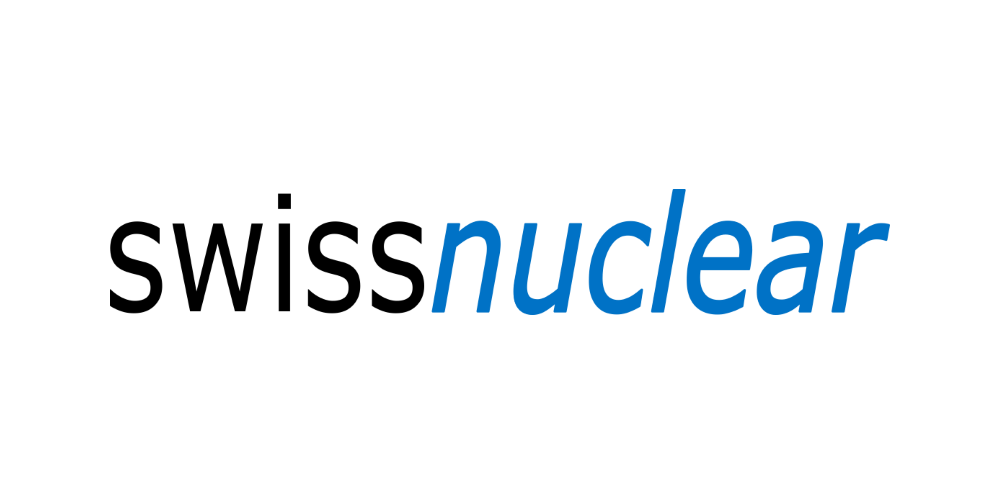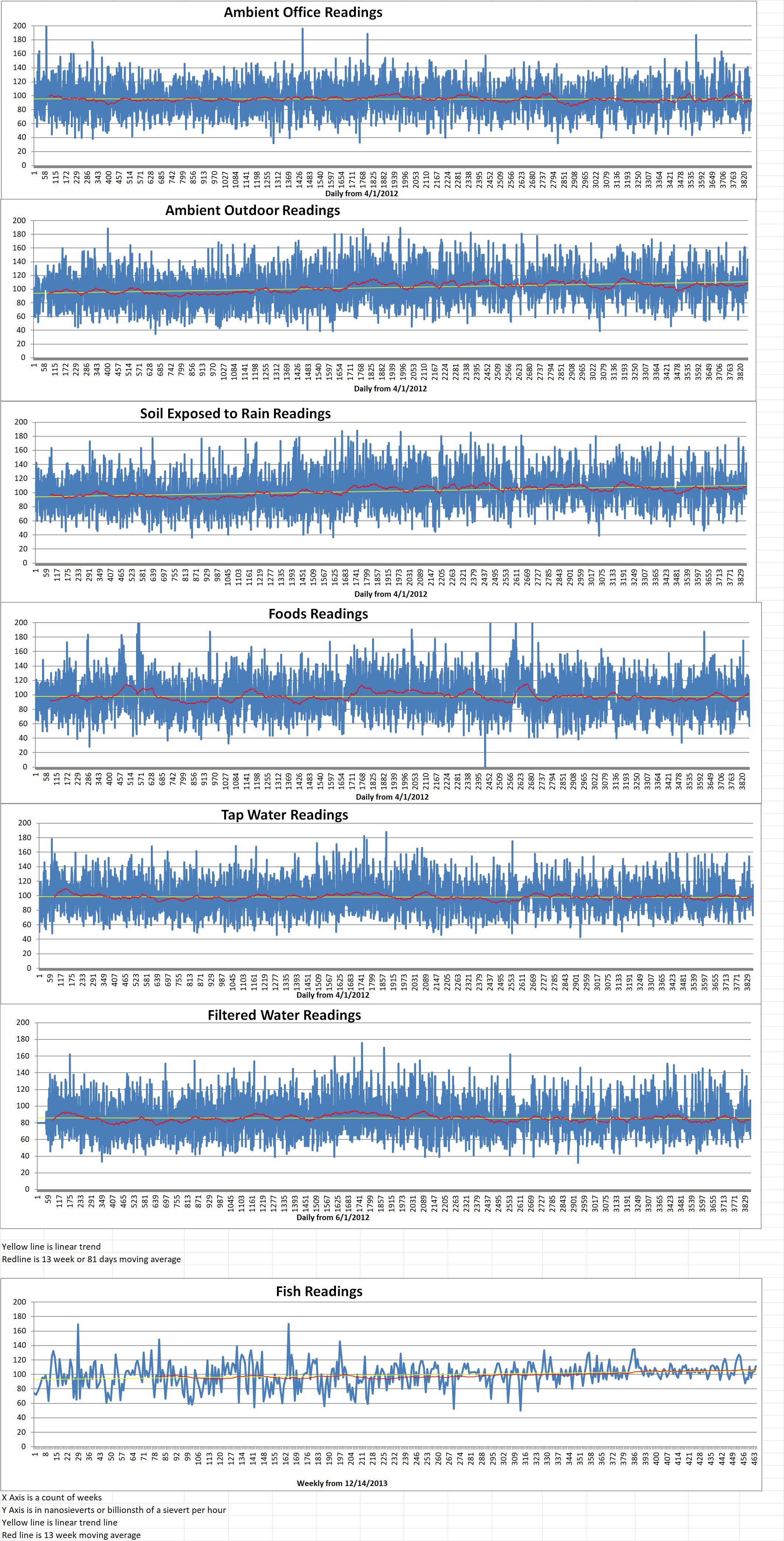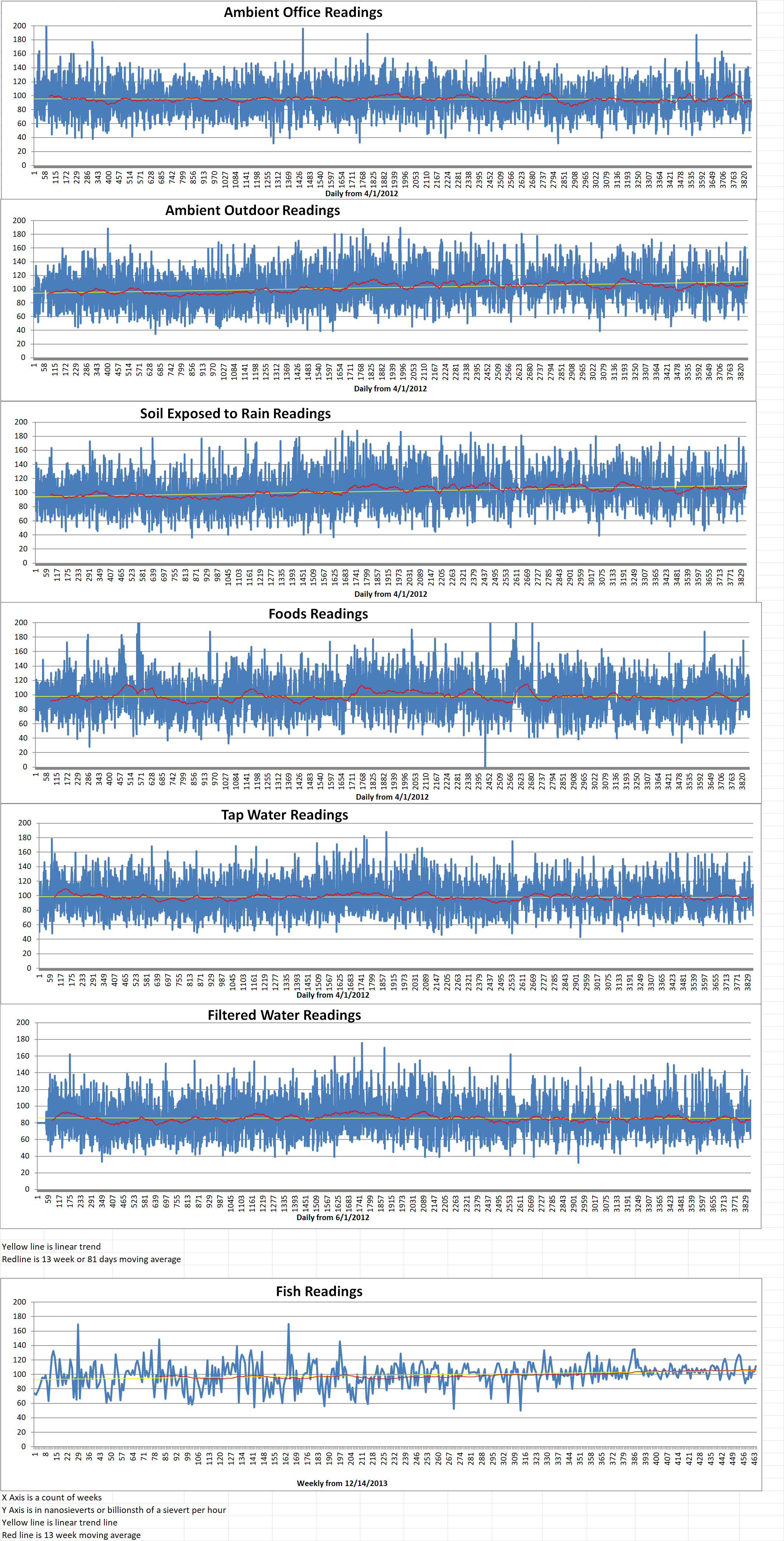Swissnuclear is a Swiss nuclear trade organization. Later this year, they will begin discussions with local Swiss communities and cantons on possible payment and compensation for hosting a deep geological repository for radioactive waste. Last September, Nördlich Lägern in northern Switzerland was suggested as a possible site for such a repository.
Swissnuclear said, “The aim of this discussion phase is to get to know the partners, to understand their needs and to prepare the negotiation phase. Among other things, it is also about how a sustainable generation-fair solution and a cooperative neighborhood can be designed.” Swissnuclear represent the operators of Swiss nuclear power plants who are responsible for the disposal of spent nuclear fuel. They also said that their member companies will “approach the talks in partnership and with an open mind”.
The trade organization remarked that the payments and compensation are voluntary payments by those responsible for spent nuclear fuel to locations of deep geological repositories and the associated fuel element packaging plant.
Swissnuclear said, “With payments and compensation, the contribution of the site region to the solution of a national task should be appreciated, the disposal of all radioactive waste in Switzerland, both from the operation of the nuclear power plants and from medicine, industry and research.”
The discussion phase will be followed by a negotiation phase with the goal of a mutually-accepted contractual arrangement. Swissnuclear noted that this phase can only take effect once the general licenses for the spent nuclear fuel disposal facilities have become legally binding. This is not expected to happen before 2029 at the earliest.
Swissnuclear said, “With payments and compensation, the contribution of the site region to the solution of a national task should be appreciated, the disposal of all radioactive waste in Switzerland, both from the operation of the nuclear power plants and from medicine, industry and research.”
The organization has appointed former diplomat Christian Schoenenberger to be its representative in the discussions. They said, “Swissnuclear is convinced that Christian Schoenenberger can contribute to a good understanding of the positions of the parties involved in the run-up to the negotiations. As the discussion leader for the operators responsible for waste disposal, he will constructively contribute his many years of diplomatic experience for all parties.”
In September of 2022, following a fourteen-year site selection process, Nagra proposed Nördlich Lägern in northern Switzerland as a site of any deep geological repository. In addition, a spent fuel encapsulation plant will be constructed at the existing Zwilag interim storage facility in Würenlingen in the can¬ton of Aar¬gau. The surface entrance to the geological repository will be constructed in the Haberstal area in the community of Stadel in the canton Zürich.
Nagra is preparing the general license applications for the repository and the encapsulation plant. It expects to submit the applications to the Federal Council in 2024. The Swiss authorities and the federal government will review these applications before the Federal Council and parliament make their decisions. This approval will be subject to an operational referendum. Swiss voters will have the final say. Nagra said it is likely to be another thirty years of so before it can start spent nuclear fuel emplacement operations.
Blog
-

Radioactive Waste 889 – Swiss Nuclear Trade Association Involved In Discussions Over Siting A Deep Geological Repository For Spent Nuclear Fuel
-
Nuclear News Roundup Jan 24, 2023
US-ROK forces carry out anti-nuclear weapon drills near North Korean border nknews.org
Nuclear weapons waste disposal using Carlsbad-area site draws fears, support from locals currentargus.com
Rolls-Royce calls on government for more clarity on nuclear energylivenews.com
New documentary film ‘Downwind’ explores why testing, using nuclear weapons are deadly mistakes stgeorgeutah.com
-

Geiger Readings for Jan 24, 2023
Ambient office = 75 nanosieverts per hour
Ambient outside = 87 nanosieverts per hour
Soil exposed to rain water = 95 nanosieverts per hour
Blueberry from Central Market = 83 nanosieverts per hour
Tap water = 67 nanosieverts per hour
Filter water = 56 nanosieverts per hour
-

Nuclear Reactors 1121 – X-Energy Is Working On Deployment Of Their First Pebble Bed Modular Reactor
X-Energy is currently constructing the world’s first commercial scale advanced nuclear reactor in the state of Washington. The new reactor is part of the U.S. Department of Energy’s (DoE’s) two and a half billion-dollar Advanced Reactor Demonstration Program (ARDP). The ARDP is supporting the construction of X-Energy’s first three hundred and twenty megawatt XE-100 power plant which will host four eighty megawatt Pebble Bed Modular Reactors (PBMRs).
The helium-cooled, high-temperature PBMRs are designed to provide small-scale power generation with faster deployment times and improved safety over large conventional reactors. The PBMR consists of a steel pressure vessel with a graphite core. The core is filled with enriched uranium dioxide fuel “pebbles”. Each pebble is about the size of a billiard ball.
The pebbles have a Tristructural Isotropic (Triso) coating that creates an airtight seal around the uranium kernel to retain fission products and gases produced during operations. This allows the plant to be constructed within about sixteen hundred feet of factories or urban areas.
The DoE explains that “The fresh pebbles are loaded in the reactor like a gumball machine, and helium is pumped down through the pebble bed to extract the heat into a steam generator that produces electricity. The reactor continuously refuels by adding fresh pebbles daily in at the top, as older ones are discharged from the bottom of the core. Each pebble remains in the core for a little more than three years and are circulated through the core up to six times to achieve full burnup.”
Through gravity feeding, the pebbles are continuously rotated to generate heat. The heat is used to convert water into steam that turns a turbine to generate electricity.
X-Energy has also signed a contract with the U.S. military to supply it with Xe-mobile micro reactors for use at remote locations.
The earliest types of PBMRs were developed by a team of South Africans as part of Eskom’s PBMR company. The South African utility planned to construct a new nuclear power station in Duynefontein near Koeberg that would use the PBMR technology.
However, after ten years of development and ballooning costs, the project was canceled due to a lack of investment. X-Energy recruited Eben Mulder who is one of the original team members. He now serves as the chief scientist for X-Energy. X-Energy’s lead reactor developer is Martin van Staden who is also from South Africa. He is a graduate of North-Western University and the University of Johannesburg.
Civil rights organization Afriforum is launching its own electricity generation company. They have plans to deploy South Africa’s first PBMR. Kallie Kriel is the CEO of AfriForum. He said that South Africa needs more reliable baseload capacity that fluctuates less than wind and solar. It can be dispatched on demand for peak consumption periods.
Afriforum hopes to attract the necessary investors and expertise for local development. Afriforum claims that nuclear power generation is emission-free. They say that radioactive waste disposal techniques have advanced significantly to ensure minimal environmental impact. In the case of X-Energy’s Triso-X fuel, the pebbles are placed into dry storage casks and stored on-site. -
Nuclear News Roundup Jan 23, 2023
Bureaucratic red tape blocking a U.S. nuclear renaissance triblive.com
Philippines and US to begin push for nuclear cooperation manilastandard.net
South Africa loses permission to import nuclear fuel for Koeberg from the US mybroadband.co.za
Atlas Pockets $21M Contract Extension At Naval Nuclear Laboratory benzinga.com
-

Geiger Readings for Jan 23, 2023
Ambient office = 87 nanosieverts per hour
Ambient outside = 98 nanosieverts per hour
Soil exposed to rain water = 98 nanosieverts per hour
Avocado from Central Market = 57 nanosieverts per hour
Tap water = 109 nanosieverts per hour
Filter water = 91 nanosieverts per hour
-
Nuclear News Roundup Jan 22, 2023
Putin loyalist dials up nuclear rhetoric as NATO partners push for more weapons for Ukraine cnn.com
Ukraine says situation deteriorating at Zaporizhzhia nuclear plant reuters.com
IAEA sends staff to all Ukraine nuclear plants in safety bid apnews.com
Bulgaria energy strategy includes four new nuclear reactors world-nuclear-news.org
-

Geiger Readings for Jan 22, 2023
Ambient office = 92 nanosieverts per hour
Ambient outside = 143 nanosieverts per hour
Soil exposed to rain water = 142 nanosieverts per hour
Tomato from Central Market = 70 nanosieverts per hour
Tap water = 73 nanosieverts per hour
Filter water = 62 nanosieverts per hour
Dover Sole from Central = 112 nanosieverts per hour
-
Nuclear News Roundup Jan 21, 2023
Putin loyalist dials up nuclear rhetoric as NATO partners push for more weapons for Ukraine cnn.com
Ukraine says situation deteriorating at Zaporizhzhia nuclear plant reuters.com
IAEA sends staff to all Ukraine nuclear plants in safety bid apnews.com
Bulgaria energy strategy includes four new nuclear reactors world-nuclear-news.org
-

Geiger Readings for Jan 21, 2023
Ambient outside = 108 nanosieverts per hour
Soil exposed to rain water = 108 nanosieverts per hour
Red bell pepper from Central Market = 77 nanosieverts per hour
Tap water = 115 nanosieverts per hour
Filter water = 107 nanosieverts per hour
Dover Sole from Central = 112 nanosieverts per hour
